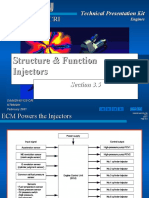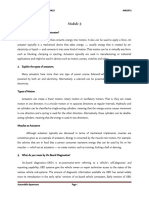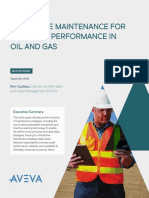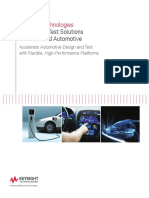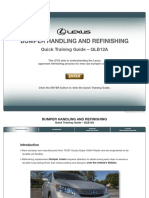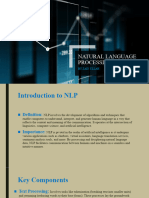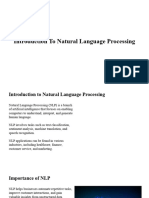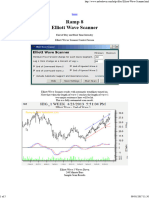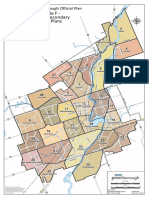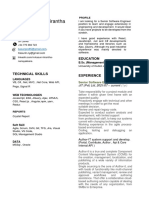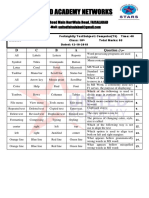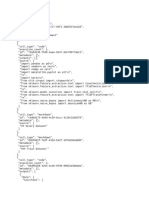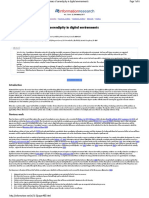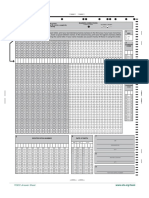0% found this document useful (0 votes)
21 views42 pages01 Introduction To Natural Language Processing
The document outlines a course on Natural Language Processing (NLP), detailing its structure, key topics, and evaluation criteria. It covers the challenges of language processing, including ambiguity, and introduces the NLP pipeline and main approaches such as rule-based, statistical, and deep learning methods. Additionally, it provides a brief history of NLP, highlighting significant developments and current trends in the field.
Uploaded by
kiroamir66Copyright
© © All Rights Reserved
We take content rights seriously. If you suspect this is your content, claim it here.
Available Formats
Download as PPTX, PDF, TXT or read online on Scribd
0% found this document useful (0 votes)
21 views42 pages01 Introduction To Natural Language Processing
The document outlines a course on Natural Language Processing (NLP), detailing its structure, key topics, and evaluation criteria. It covers the challenges of language processing, including ambiguity, and introduces the NLP pipeline and main approaches such as rule-based, statistical, and deep learning methods. Additionally, it provides a brief history of NLP, highlighting significant developments and current trends in the field.
Uploaded by
kiroamir66Copyright
© © All Rights Reserved
We take content rights seriously. If you suspect this is your content, claim it here.
Available Formats
Download as PPTX, PDF, TXT or read online on Scribd
/ 42







